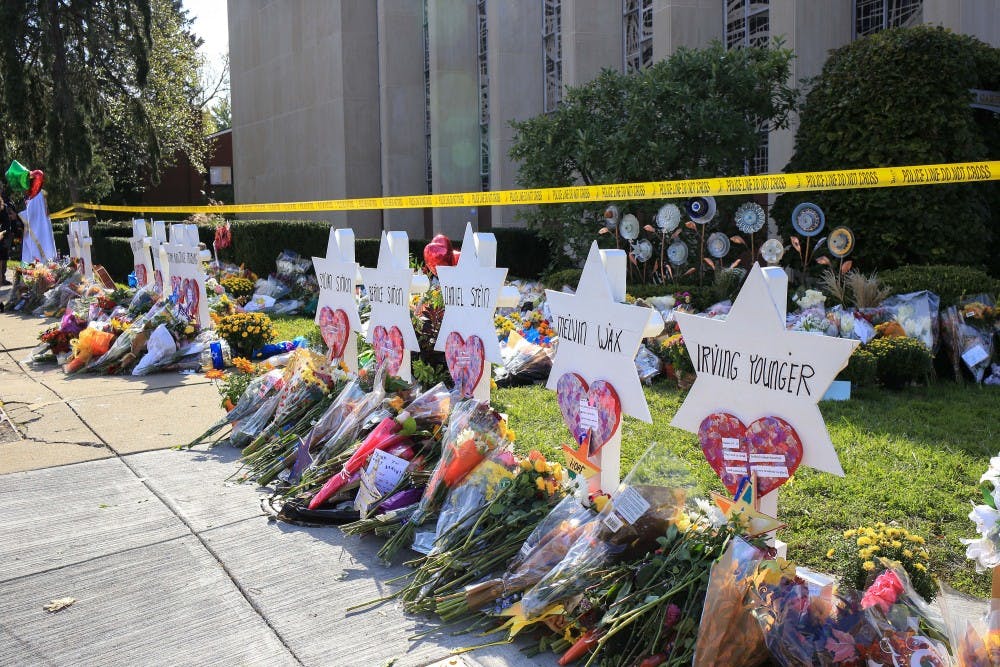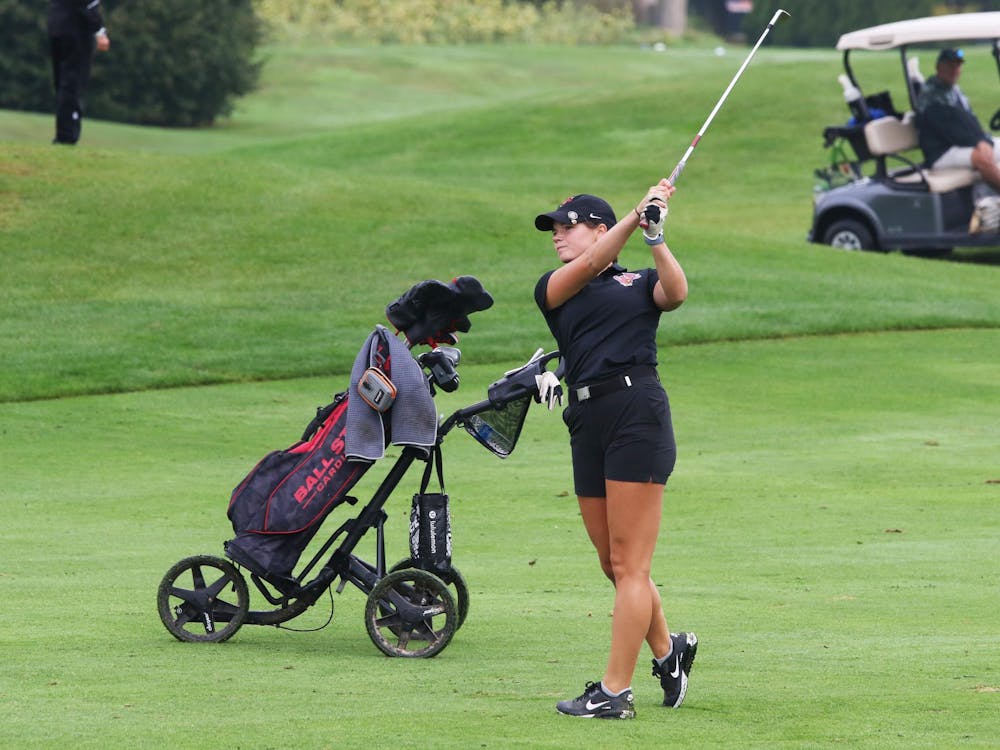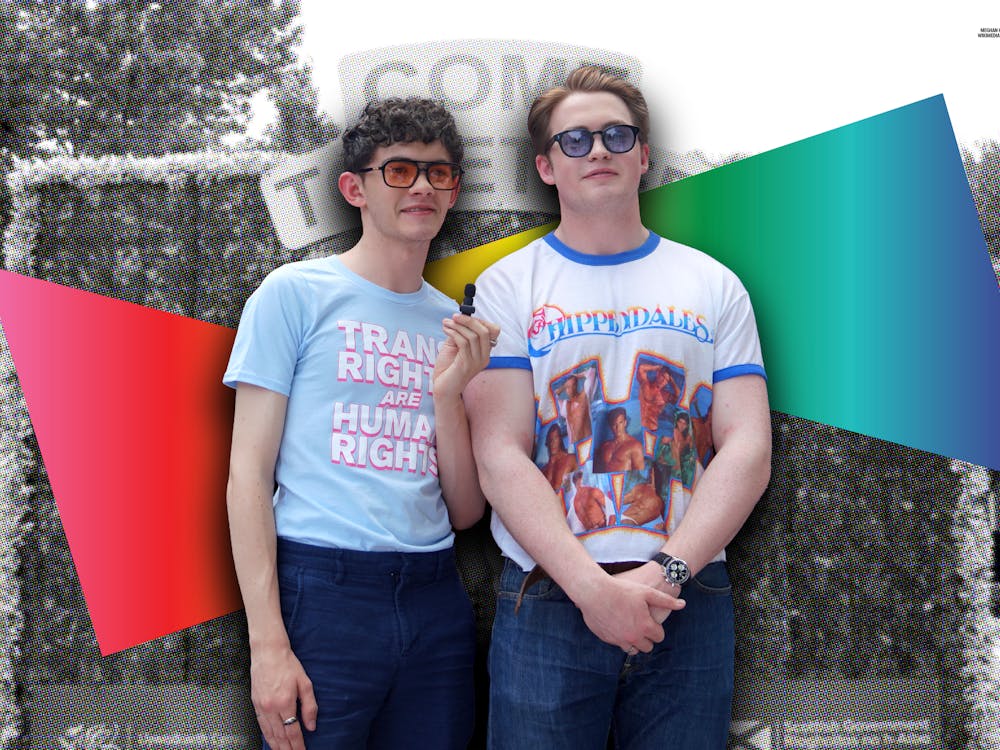Wisconsin high schoolers seeming to be heiling Hitler along with the deaths of 11 people from the attack on the Pittsburgh Tree of Life Synagogue could be part of a larger trend of increased anti-semitic behavior in the United States.
Anti-semitic incidents appear to be on the rise in the U.S., according to a report from the Anti-Defamation League (ADL) and a report from the Federal Bureau of Investigation (FBI).
The ADL report, “Audit of Anti-Semitic Incidents,” showed a 57 percent increase in incidents of anti-semitism in the United States between 2016 and 2017, from 1,267 incidents to 1,986. Indiana saw eight more anti-semitic incidents in 2017 compared to 2016.
Colleges in the U.S. also had a 89 percent increase in incidents between 2016 and 2017, from 108 incidents to 204.
The ADL report states this information is “composed of criminal and non-criminal incidents of harassment, vandalism, and assault against individuals and groups as reported to ADL by victims, law enforcement, and the media.”
According to the FBI’s annual hate crime statistics report, in 2017, 58.1 percent of religious bias hate crimes were anti-Jewish, making a total of 938 incidents. Compared to 2016, this number is up 37 percent, with the number of victims affected by these incidents now more than 1,000 people.
FBI’s Uniform Crime Reporting Program collected data for the report of crimes that are, “motivated, in whole or in part, by the offender’s bias against the victim’s race/ethnicity/ancestry, gender, gender identity, religion, disability, or sexual orientation, and were committed against persons, property, or society.”
Robert Phillips, a professor of anthropology, teaches a class as part of Muncie synagogue Temple Beth El’s Introduction to Judaism course.
The course introduces and expands on the core beliefs of Judaism for members of the Jewish community and people who are interested in the faith.
“The attack in Pittsburgh made a lot of us realize that we’re not as safe as we think we are, and I think at the same time, we don’t want to get overly paranoid,” Phillips said. “This was one bad actor in Pittsburgh. One bad person who did all of this.”
On Monday, a junior prom group photo reportedly taken last spring and then posted on Twitter, shows a group of high school students from Wisconsin’s Baraboo High School giving the Sieg Heil, a victory salute used by Nazis.
Since then, Baraboo superintendent Lori Mueller said the school district and Baraboo police would investigate the photo, according to the Associated Press. The photographer said the students in the photo were not doing the salute, and that the picture was taken right before the students were about to wave.
“I think that most people are just uneducated and unaware,” said Morgan Sanchez, the president of Ball State Hillel, a Jewish student organization. “I think that for most of society, when we don’t know about something, the unknown is what we fear, and that sparks anger.”
Sanchez said she and other members of the Jewish community were glad to have the support of members of other faiths in the wake of the shooting. She also said the current U.S. presidential administration is a factor in anti-semitism.
“[President Trump] has really sparked hatred towards many other groups, not just Judaism specifically,” Sanchez said. “[The Trump administration] has made differences more prominent and has had a negative connotation, when in reality, we should embrace those differences.”
President Trump has faced criticism in the past for comments following a 2017 rally in Charlottesville, Virginia where white nationalists, neo-nazis and far-right extremists protested the decision to remove a statue of Confederate Gen. Robert E. Lee in the city.
Violence escalated at the rally, and would claim the life of counterprotestor Heather Hayer. Trump later said, “... you also had people that were very fine people, on both sides.”
This sentiment conflicted with other Republicans like Sen. Marco Rubio and House Speaker Paul Ryan, who condemned the white supremacists’ actions. Trump refused to back down from his comments, saying in a later interview, “There is blame on both sides,” according to Associated Press.
Cases of anti-semitism in the ADL report are categorized as harassment, vandalism and assault. Harassment and vandalism showed a rise of reports between 2016 and 2017 in Indiana, but there were no reports of assault.
There also were 163 bomb threats against Jewish organizations and institutions in 2017.
Indiana is one of five states in the nation that lacks anti-hate speech legislation, the other four being Arkansas, Georgia, South Dakota and Wyoming.
Phillips said the modern political climate is not entirely to blame for the rise of anti-semitism.
“I’m hesitant to blame the current administration for any of this, and like I said before, this guy in Pittsburgh, he’s the one who bought the gun, he’s the one who entered the synagogue, he’s the one who pulled the trigger,” Phillips said. “Nobody else made him do that.”
Contact Andrew Harp with comments at adharp@bsu.edu or on Twitter @adharp24.
Contact John Lynch with comments at jplynch@bsu.edu.





